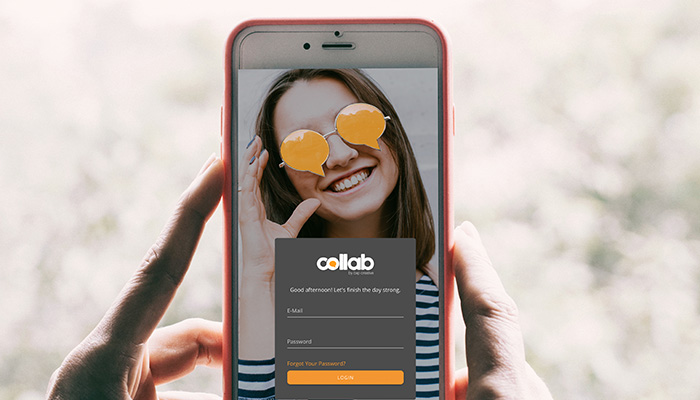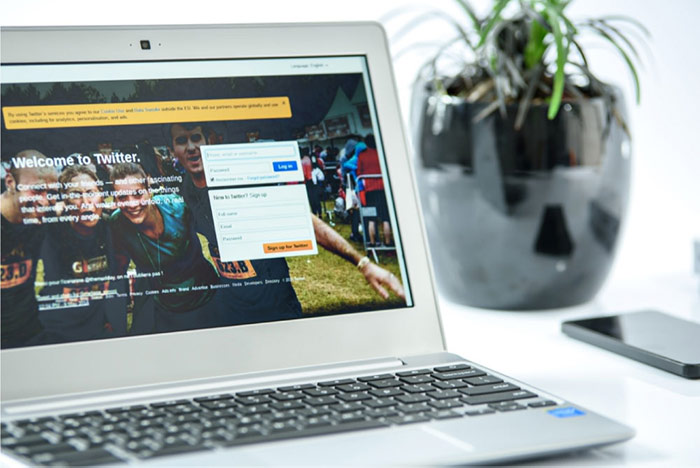
Largest Contentful Paint (LCP)
Largest Contentful Paint (abbreviated LCP), is a key metric for measuring the loading performance of a webpage. It refers to the time it takes for the largest content element on a page to fully render on the user’s screen.
LCP takes into account anything relevant to a user’s experience on a page, namely images, image tags, video thumbnails, background images with CSS, and text elements, including paragraphs, headings, and lists. This is an essential factor in search engine optimization, as search engines like Google consider page loading speed as a ranking factor¹. A page that loads quickly is likely to rank higher in search results than a slower-loading page¹.
However, LCP isn’t just important for SEO, it also heavily impacts the user experience. When a web page takes too long to load, users may become frustrated and decide to leave the page, leading to a higher bounce rate.
Measuring Largest Contentful Paint
So, how is LCP measured? You can accurately measure it in two ways: directly on a site (using a method known as “field”) or through performance simulations conducted by lab tools, such as Chrome DevTools, Lighthouse, and WebPageTest. These tools will give you a detailed report on the loading performance of your webpage, including the LCP.
Constant monitoring is essential, as well as a comprehensive understanding of the minimum performance standards expected from Google’s algorithm (and by users). LCP measuring up to 2.5 seconds is considered a good result, with anything over indicating a need for improvement². When LCP increases, potential causes should be investigated. Consistent observation and troubleshooting will ultimately lead to target loading times for your site.
Enhancing Largest Contentful Paint
To improve LCP and the overall loading performance of your webpage, there are a few steps you can take. One is to optimize your images by compressing them and using the appropriate image file format such as WebP, SVG, JPEG, and PNG. When analyzing factors that contribute to a site’s LCP, it is important to remember that images are always the weightiest elements on a page. They are typically to blame for overworked browsers, causing delays and sluggish loading times.
Aside from compressing and properly formatting images, you also opt for content delivery network (CDN), which helps your website load more quickly by utilizing a network of servers geographically closer to the user. Using a CDN to serve your static assets from a location closer to your users, will reduce the time it takes for the page to load.
Tools such as ImageEngine consider factors including file size and user location to enhance image loading speed, which in turn can benefit your LCP.
In addition to easing the impact of images on your site, you can also minify your HTML, CSS, and JavaScript files to reduce the file size of your code. Every kilobyte matters!
It’s also important to consider the overall design and structure of your webpage. A cluttered or poorly designed page can take longer to load and can negatively impact the user experience. By following best practices for web design and developement you can improve the loading performance and overall user experience.
In summary, LCP is a vital metric for maintaining and improving SEO, as well as your site’s overall user experience. By consistently measuring and improving your LCP, you can enhance the loading performance of your webpage, leading to higher search rankings and user experiences that delight. If you’re looking to improve the performance of your website (or a client’s site) but don’t know where to begin, drop us a line!
- Improve Largest Contentful Paint (LCP) and Your SEO. (2021, April 27). Search Engine Journal. https://wishdesk.com/blog/improve-lcp-seo
- Walton, P. (2014). Largest Contentful Paint (LCP). Web.dev. https://web.dev/lcp/.




